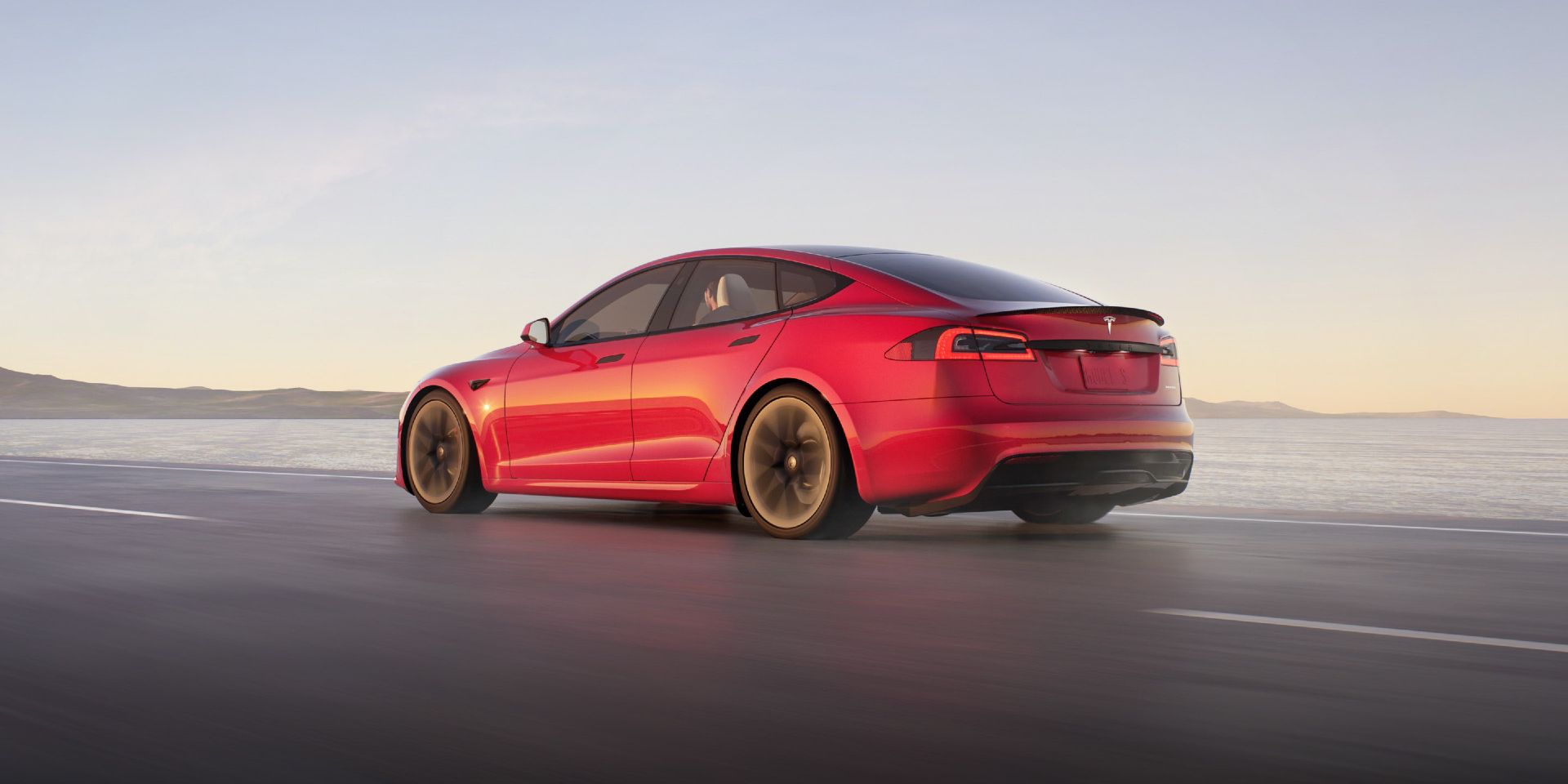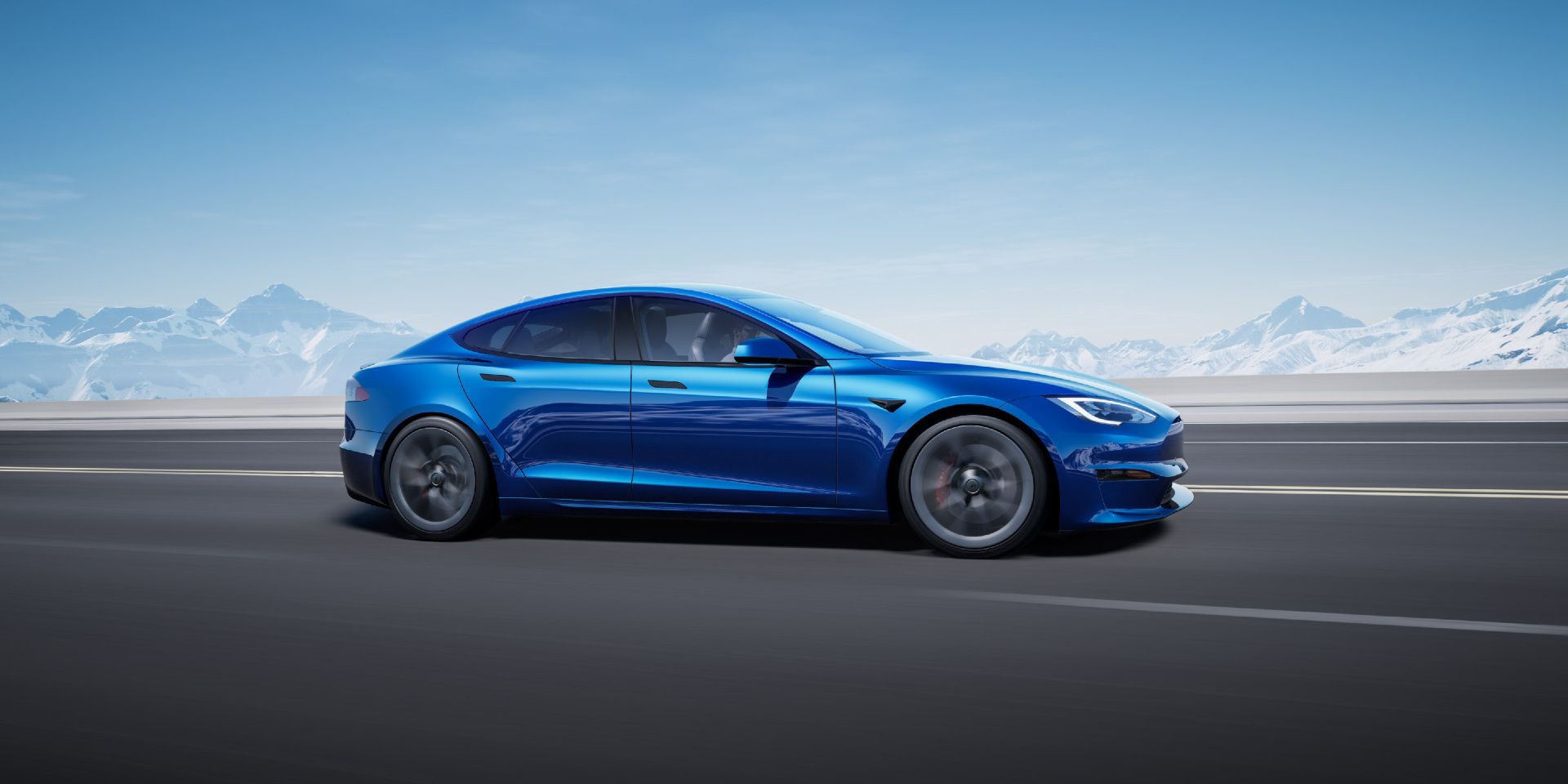With the launch of the new Plaid and Plaid+ high-performance variants in place of the Performance variant that was previously available, Tesla has given prospective Model S buyers a new decision to make as to which to go for. In short, it comes down to just how much they want specs-wise and how much they've got money-wise. Whichever variant they choose, they'll get a new high-end interior that was unveiled along with the new versions.
The Model S was launched in 2012, making it the longest selling of any of Tesla's current crop. The launch of the Plaid variants is the most significant update since then and brings some dramatic new specs based on Tesla's Tri Motor All-Wheel Drive platform. The difference between them and the Long Range variant, which remains the most affordable and uses Dual Motor All-Wheel Drive, is stark.
Whereas that gives the Long Range version 0-60 mph acceleration of 3.1 seconds and a top speed of 155 mph — which, incidentally, are figures not to be sniffed at — the Tri Motor All-Wheel Drive setup in the Plaid and Plaid+ variants gives them 1,020hp and 1,100hp, respectively, 0-60 mph accelerations of 1.99 seconds or less, and top speeds of 200 mph. They are staggering figures for any production car, let alone in electric vehicles whose technology is still maturing. Of course, you pay for what you get and the big gains in performance that the Plaid variants bring are matched by equally big jumps in price. Whereas the Model S Long Range costs $79,990 before any savings are applied, the Plaid and Plaid+ cost $119,990 and $139,990, respectively. That's before any optional extras to the paint-job, wheels, and interior, or adding Tesla's $10,000 Full Self-Driving Capability.
Model S Long Range, Plaid, Or Plaid+: How To Choose
Aside from acceleration, speed, and price, range is the other major factor at play here. Despite its better performance, the Plaid variant gets around 20 miles less between charges than the Long Range version, with a range of 390 miles compared to 412 miles. There's not enough in that to swing a decision one way or the other, so deciding between those two, assuming money is no issue, comes down to how much you value the extra blurring when you put your foot down.
Where range does come into play, is with the Plaid+ variant. Not only does it share the joint top speed and have the fastest 0-60 mph acceleration time, it also gives over 100 miles more range than either other option at 520+ miles. That makes it a realistic choice for those who drive a lot for work, for example, or who regularly drive long distances. If neither of those things is the case, buyers can save themselves $20,000 at a stroke for performance that is essentially the same elsewhere, or $60,000 and get a car that still competes at the top end of the sedan market.
Source: Tesla


